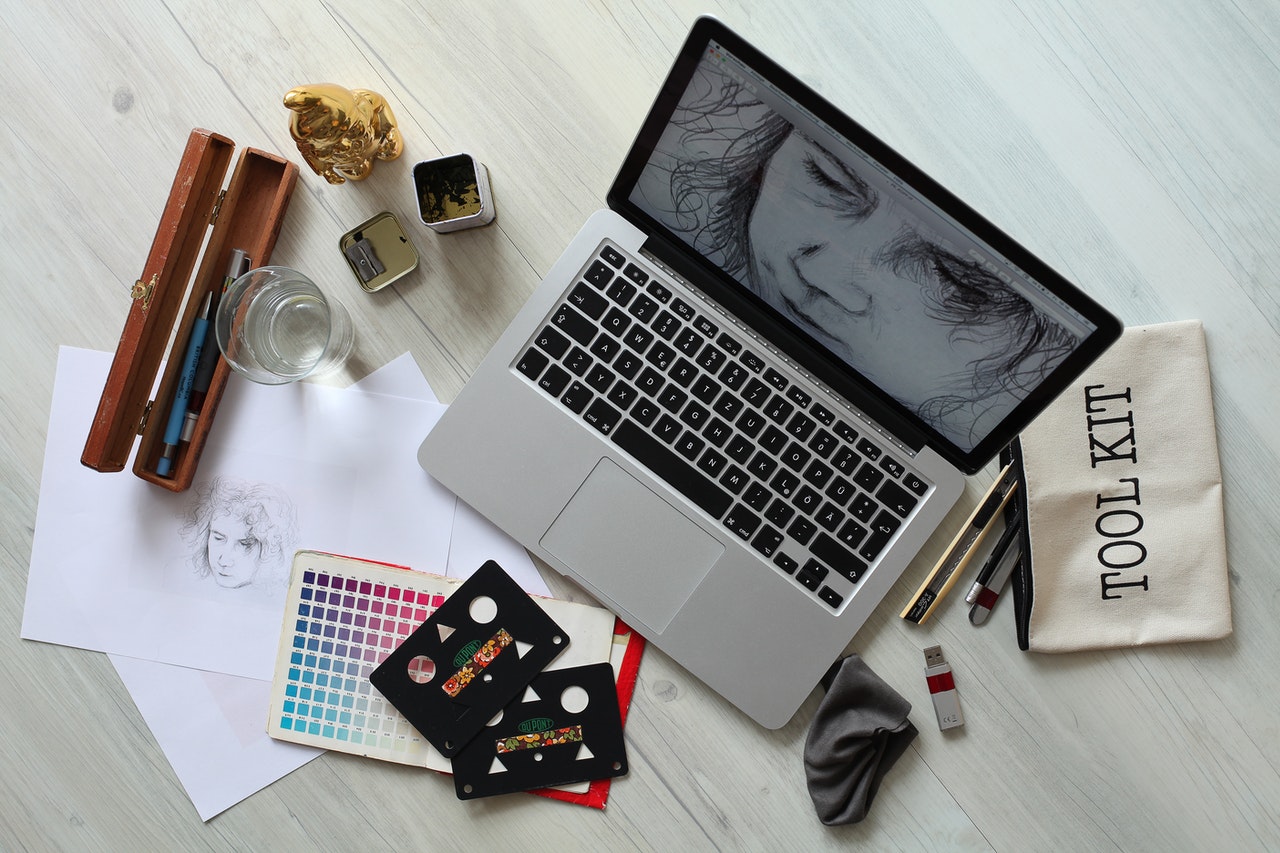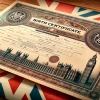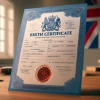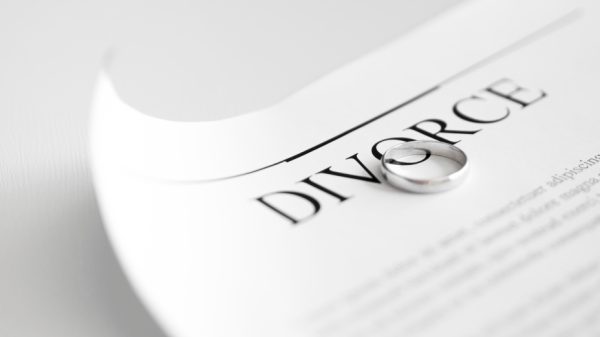Graphic designing is an essential part of advertising and marketing. It involves the use of images, typography, and space to create a visual representation of a message or idea. In this blog post, we will discuss the basics of graphic design, including terminology and concepts that you need to know in order to create effective designs. We’ll also provide tips for improving your graphic design skills!
If you’re new to graphic design, this tutorial is for you. It covers everything from the basics of how to use Photoshop or Illustrator software programs, what kinds of fonts are commonly used in designs today (and why), and more! This post will teach you all about typography – including its history, different styles available on computers nowadays, best practices for creating your own typeface library at home with only a few simple tools like paper scissors.
We’ll also show some examples from real-life designers so that we can see their work in action as they talk through their process step by step; after reading this blog post readers should feel confident starting out on their next project without worrying too much about making mistakes along the way because there’s always someone out there willing to help them improve their designs.
The first step in designing a logo or any other type of graphic is choosing what kind of design you want to create. It might be an image, typography, and/or space that you need to work with but remember: the more specific your concept is (and less broad), then the easier it will be for others who see this design on their computer screens later down the road – because people tend not to notice details they’re already familiar with so try coming up something unique! In this tutorial we’ll show some examples from real-life designers so that we can see their work in action as they talk through their process step by step; after reading this blog post readers should feel confident starting out on their next project without worrying too much about making mistakes along the way because there’s always someone out there willing to help them improve their designs.
In graphic design, color is everything. It can set the tone and mood for your entire design, so it’s important to use colors that are appropriate for your message or audience. In this tutorial we’ll show some examples from real-life designers so that we can see their work in action as they talk through their process step by step; after reading this blog post readers should feel confident starting out on their next project without worrying too much about making mistakes along the way because there’s always someone out there willing to help them improve their designs.
Layout is another important concept to understand in graphic design. The layout of your design determines how everything looks when it’s finished, so it’s important to plan out your composition before you start creating any graphics. In this tutorial we’ll show some examples from real-life designers so that we can see their work in action as they talk through their process step by step; after reading this blog post readers should feel confident starting out on their next project without worrying too much about making mistakes along the way because there’s always someone out there willing to help them improve their designs.
Once you’ve created a basic layout for your design, it’s time to add in all of the details! This might include adding text, images, and other graphical
When creating a graphic design, you’ll need to start by thinking about its purpose of it. If your goal is to sell a product or service then make sure that all elements within the visual are working together towards this end goal (such as having an image next button on top).
If there’s one thing designers k them improve their designs.
When now how to do well, it’s putting their skills into practice! In this tutorial we’ll show some examples from real-life designers so that we can see their work in action as they talk through their process step by step; after reading this blog post readers should feel confident starting out on their next project without worrying too much about making mistakes along the way because there’s always someone out there willing to help them improve their designs.
In graphic design, it’s always important to experiment! Trying out new things and playing around with different ideas can help you come up with some really great concepts that you might not have thought of before. In this tutorial we’ll show some examples from real-life designers so that we can see their work in action as they talk through their process step by step; after reading this blog post readers should feel confident starting out on their next project without worrying too much about making mistakes along the way because there’s always someone out there willing to help them improve their designs.
Graphic designing is a process that takes time and practice to get good at, but don’t let that discourage you!
























